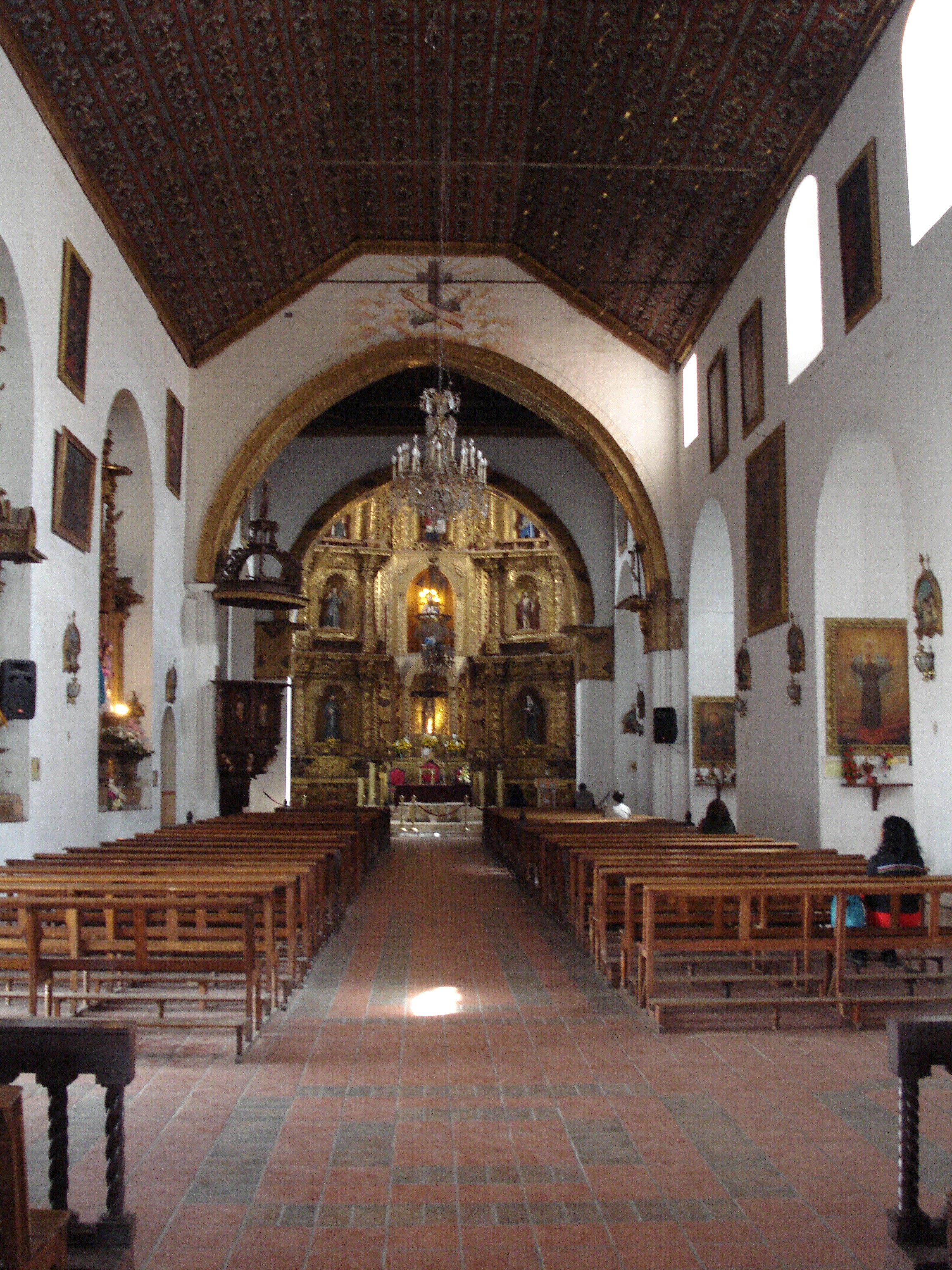Immaculate Conception Convent in city of La Plata, Bolivia (1540)
A look to the colonial area design
DOI:
https://doi.org/10.18861/ania.2020.10.2.2985Keywords:
Franciscans in Bolivia, mestizo style, mudejar style, design of the colony, convents, altarpieces, mestizosAbstract
The objective of this article is to characterize one of the convents founded by the Franciscans in Sucre, as a response to the needs and requirements of the place and historical moment, carrying out an architectural analysis from the morphological, functional, spatial and stylistic aspects. To collect the information, an intensive review of primary sources obtained from the National Archive of Sucre was carried out, as well as a review of secondary sources, highlighting the work of researchers José de Mesa and Teresa Gisbert, together with rigorous field work aimed at Survey of the convent and the wooden architecture, in order to identify the furniture of the complex, a subject that has been scarcely or not registered to date. To fulfill the objective of this work, the history of the construction is presented, as well as the description and analysis of the convent and the temple, taking into account the influence of the altarpieces, in order to understand the relationship between the components to finish with the analysis of the exterior architecture.
Downloads
References
Fuentes documentales primarias
ANB. EP CARVAJAL, 1618, t. 148-a, f.838-843. 1618.II.2. La Plata. Escritura de Concierto de Obra: el Convento de San Francisco de esta ciudad, con Diego de Carvajal y Martín de Oviedo, maestros de arquitectura, para poder hacer y labrar la madera, armaduras y cubierta de la capilla mayor de dicho convento, con intervención en el trabajo de dicha obra de fray Juan de los Santos, religioso franciscano.
ANB. EP GUISADO, 1595, t.38a, f. 83-84. 1595.I.17, La Plata. Escritura de donación: El General Francisco de Espinoza, vecino y alcalde ordinario de esta ciudad, a favor de los religiosos y convento de San Francisco de la misma, la suma de 1000 pesos, para la obra de la capilla mayor que se hará en ella.
ABNB, “Colección de Documentos Bolivianos”, vol. VI, Periódicos y Hojas Sueltas, 1865-1869”, Santiago de Chile, 1872, p. 395, citado por Desireé Vidal Juncal en Deconstruyendo la imagen urbana de Sucre (2008).
ANB: Escrituras públicas. T. 217, fol. 91. Este documento fue extraído íntegro del libro Escultura Virreinal en Bolivia de José de Mesa y Teresa Gisbert quienes agradecen al Dr. Gunnar Mendoza el haberles proporcionado este material tan importante para el estudio de las sillerías en Charcas. En esta publicación se encuentran en el Anexo.
ANB: TCN Nro. 48,28.VI.1827, fs.865. Chuquisaca 28/Junio/1827.
Mendoza, D. de [1664] (1976). Crónica de la Provincia Franciscana de San Antonio de Los Charcas. La Paz: Don Bosco
Fuentes secundarias
BELMONTE, S, MENACHO R, SUÁREZ S Y TSUKAMAYA E. (2008), Iglesia de San Francisco. Santa Cruz: Universidad Privada de Santa Cruz de la Sierra.
GISBERT, T. (1991). Historia de la vivienda y de los conjuntos urbanos en Bolivia. Sucre: Instituto Panamericano de Geografía e Historia.
GISBERT, T. Y MESA, J (1997). Arquitectura Andina. La Paz: Don Bosco.
MATAS J. (2017). Anexo tesis s/p. Tucumán: UNT.
MESA, J. Y GISBERT, T. (1972). Escultura Virreinal en Bolivia. La Paz: Academia Nacional de Bolivia.
MESA, J. Y GISBERT, T. (2002). Monumentos de Bolivia. La Paz: Gisbert.
WAISMAN, M. (1993). El interior de la Historia. Bogotá: Escala.

Downloads
Published
Versions
- 2020-11-26 (4)
- 2020-11-12 (3)
- 2020-10-15 (2)
- 2020-08-10 (1)
How to Cite
Issue
Section
License

This work is licensed under a Creative Commons Attribution 4.0 International License.
The journal and its contents are licensed under the Creative Commons - Attribution 4.0 International License (CC BY 4.0). It is possible to copy, communicate and publicly distribute its content as long as the individual authors and the name of this publication are cited, as well as the publishing institution (Universidad ORT Uruguay).

